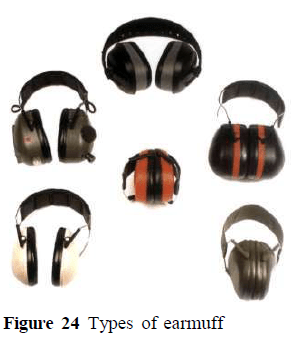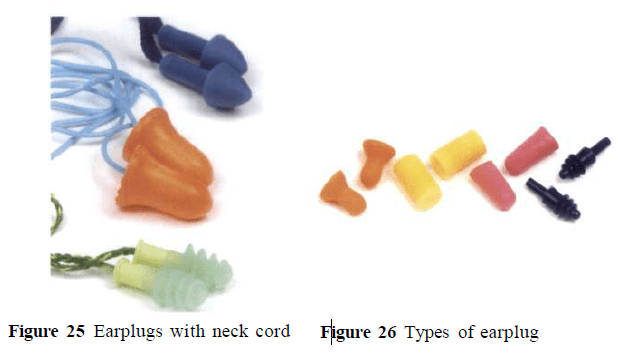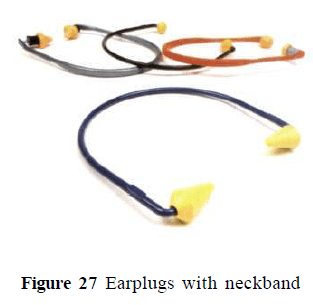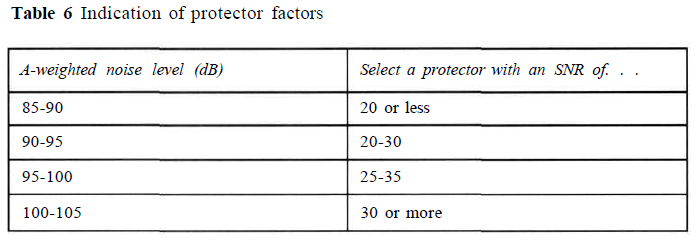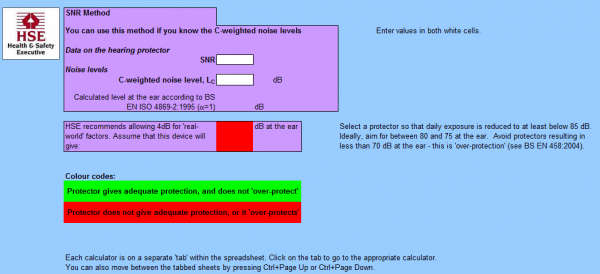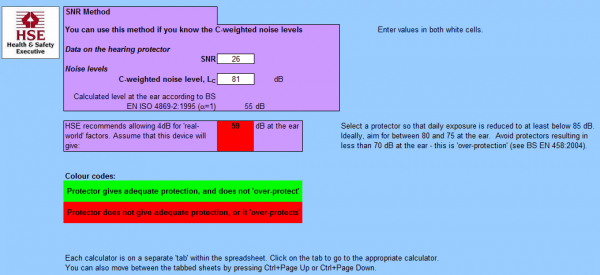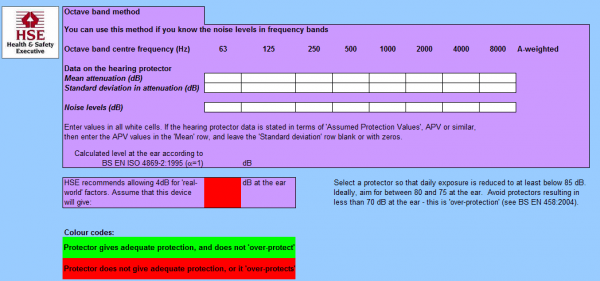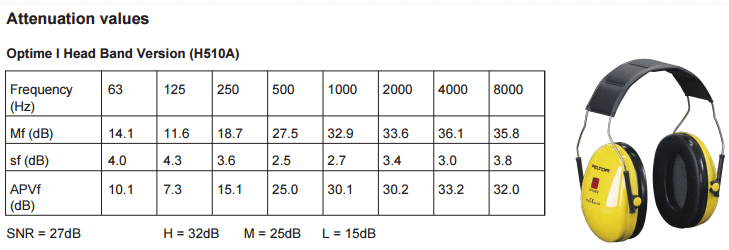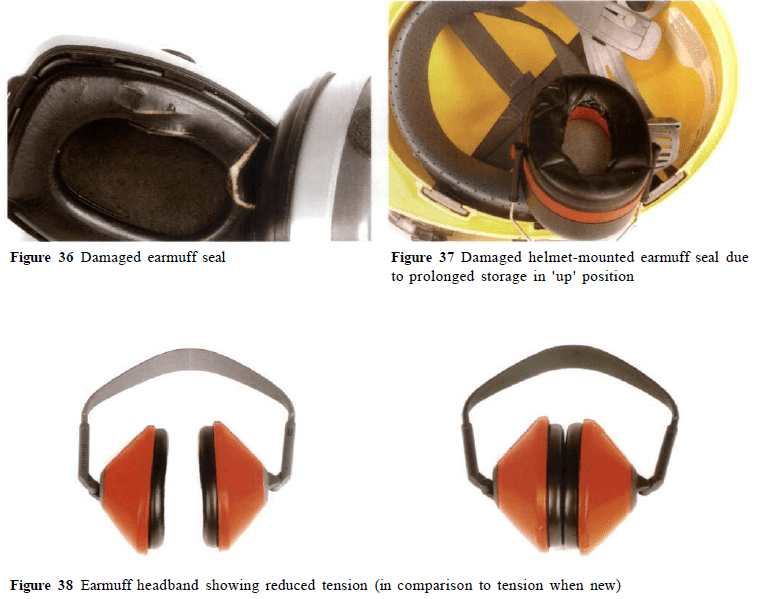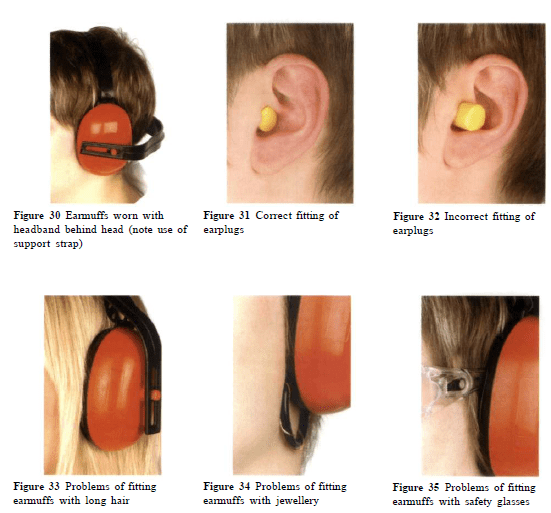Hearing protection guide for health and safety
By Linda McGravey
I recently had an issue with the wrong hearing protection being provided. Ear plugs with a single number rating (SNR) of 14 were replaced with a rating of 26. The higher the number, the greater the noise reduction provided.
In most cases being sent PPE with higher protection/specification is not a problem, however with hearing protection this is not always the case as overprotection is an issue.
Noise is measured in decibels (dB) and is logarithmic – that is, every 3 dB the noise intensity doubles. Noise is measured using a sound level meter (‘A’ scale noise dB is what we as humans hear).
There are two actions levels important for hearing protection:
- lower exposure action value is 80 dB(A). Below this level no actions are required, and above this level noise surveys and PPE may be provided for the comfort of employees but is not mandatory .
- the exposure limit value is 85 dB(A). Employees are not to be exposed to noise above this level and assessments and calculations are required to determine the correct hearing protection.
Hearing Protection types
There are several types of hearing protection, the most common being ear muffs and ear plugs.
Ear muffs can be worn over the head or round the neck or can be attached to hard hats.


Ear Plugs can be disposable or reusable and can be worn on their own or with a neck cord or neck band.


The HSE advises that: “protectors that reduce the level at the ear to below 70 dB should be avoided, since this over-protection may cause difficulties with communication and hearing warning signals. Users may become isolated from their environment, leading to safety risks, and generally may have a tendency to remove the hearing protection and therefore risk damage to their hearing.”

To find out if the hearing protection is correct for the task I use the HSE Calculator.
SNR Method

All you need is the C-rated noise level and the SNR of the PPE, all plugs and muffs have a SNR Rating, and sound level meters have the ability to measure noise in the C-scale. Most hearing protection will have the SNR rating on the box or packaging.
SNR 14 is suitable for 94 dB(C) to 81 dB(C), however hearing protection with SNR 26 is suitable for 106dB(C) to 93dB(C), much higher than the noise we were protecting against.
If the SNR of the Hearing Protection is 14 the reduction is taken to be 10 dB as 4 dB is removed for what is known as ‘real world factor’ (we assume that not all plugs or muffs are worn or fit properly and so will not give the full protection).
If the noise we needed to protect against was 81 dB(C) and SNR 26 had been used the noise would have been reduced to 59 dB(C) well below the recommended “no lower than 70 dB” so would have overprotected significantly and caused communication and safety hazards.

Octave Band Method
If the measured noise from a task is 95 dB(C) or above or is higher at some frequencies the octave band method of determining the best hearing protection is more accurate and in this case a noise metre with the ability to measure each octave band separately is required.

Some hearing protection has the octave band information on the box or packaging, however for others this information is only available on manufacturers’ information sheets, see below example.

If hearing protection is required, an upper and lower SNR could be recommended and then several hearing protection types could fall into the band, giving options for individuals who prefer to wear ear muffs rather than ear plugs.
It also prevents having to repeat calculations on assessments if a particular muff or plug is removed from the market.
For noise in the <85 dB range hearing protection options are limited as there are no ear muffs with SNR low enough to be suitable for this level of noise.
Ensure you read any externally produced noise reports (if applicable) and are aware of the hearing protection suggested. If only one type of hearing protection is listed and it is taken off the market you will need to do the calculations to recommend other hearing protection or may need to have the report amended by the consultant responsible for the survey.
Maintenance
To be effective, hearing protection (as with other reusable PPE) needs to be maintained and kept in good condition. Dispose of any PPE which is damaged or shows signs of wear and tear.

Training users
Hearing protection users also need to be aware of how to wear and fit ear plugs and ear defenders properly, and they need to be aware of how they interact with other PPE i.e. if a visor is worn over the head, then ear muffs may not fit correctly.

 Linda McGravey has been involved in Health & Safety for 16 years working in various industries including chemicals, construction and fabrication. She is currently EHS Advisor at Johnson Matthey Chilton.
Linda McGravey has been involved in Health & Safety for 16 years working in various industries including chemicals, construction and fabrication. She is currently EHS Advisor at Johnson Matthey Chilton.
Hearing protection guide for health and safety
By Linda McGravey I recently had an issue with the wrong hearing protection being provided. Ear plugs with a single
Safety & Health Practitioner
SHP - Health and Safety News, Legislation, PPE, CPD and Resources Related Topics
Why good understanding is the secret to OSH success
Workers facing uncertain future coupled with health and safety risks, new IOSH report says
The London Health & Safety Group – over 80 years old and still going strong

